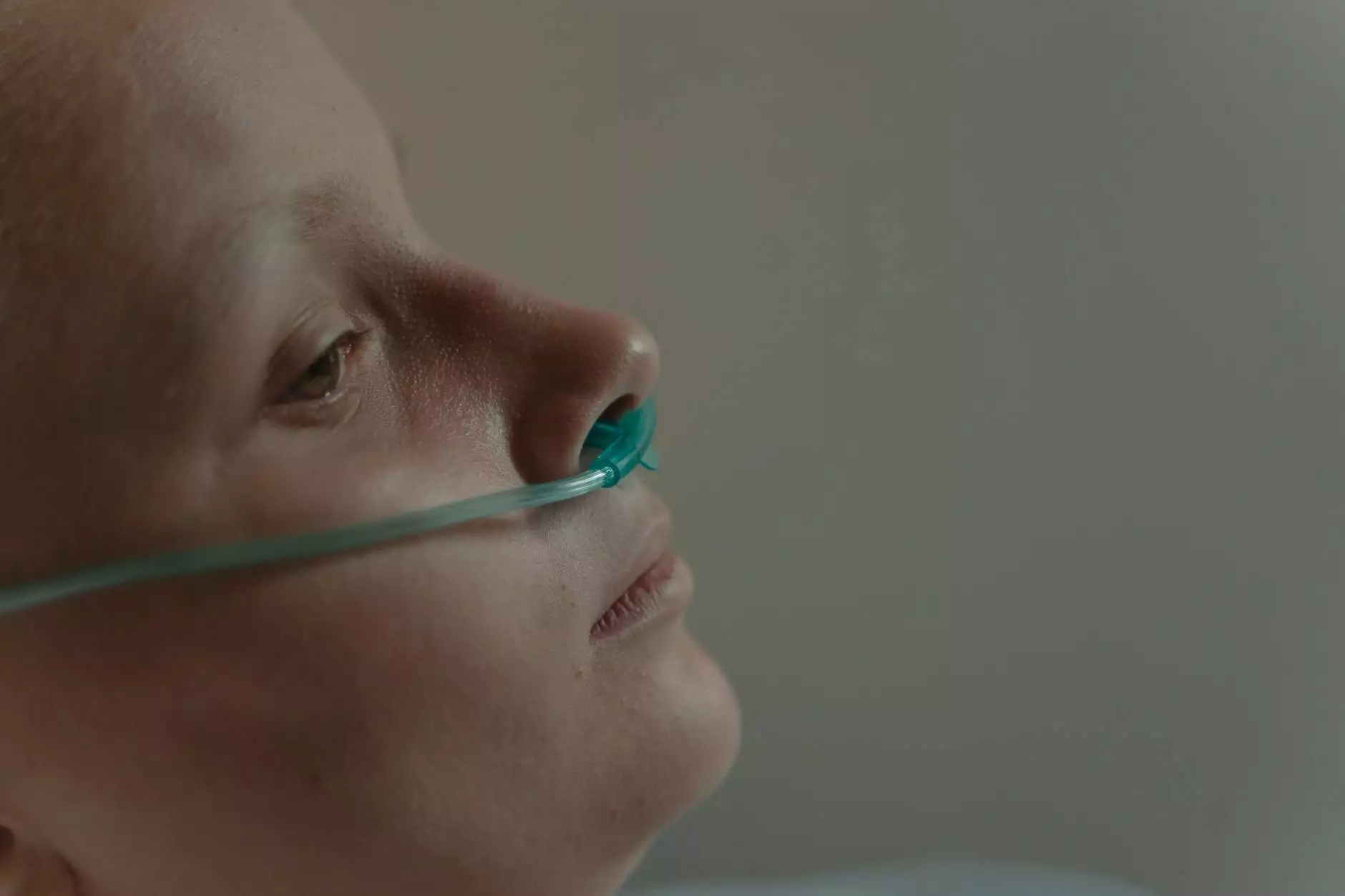Understanding Inoperable Brain Tumors: Insights and Perspectives

Inoperable brain tumors represent one of the most complex challenges in the field of neurology and oncology. These tumors, which cannot be removed surgically due to their location, size, or the health of the patient, require a multifaceted approach to treatment and management.
What is an Inoperable Brain Tumor?
A brain tumor is defined as a mass of abnormal cells in the brain. When a tumor is deemed inoperable, it means that surgery cannot safely remove it. This could be due to various factors such as:
- The tumor's location near critical areas of the brain.
- The tumor's size, which may pose risks of severe complications.
- The overall health condition of the patient.
- The tumor's specific type and biological behavior.
Types of Inoperable Brain Tumors
Inoperable brain tumors can vary widely, but some notable types include:
- Gliomas: These arise from glial cells and include various subtypes such as astrocytomas and oligodendrogliomas.
- Brainstem Tumors: Located in a crucial part of the brain that controls many basic life functions, they are often difficult to treat surgically.
- Meningiomas: Tumors that grow from the protective layers of the brain; when located strategically, they can become inoperable.
- Metastatic Tumors: These are tumors that have spread from other parts of the body and can infiltrate the brain without a clear boundary for removal.
Symptoms of an Inoperable Brain Tumor
Recognizing symptoms is crucial for early diagnostics. Common symptoms of inoperable brain tumors can include:
- Persistent headaches: Often worse in the morning or after strenuous activity.
- Nausea and vomiting: Especially if it is unexplained and chronic.
- Seizures: New onset of seizures without a prior history.
- Vision problems: Blurriness or seeing double can indicate increased intracranial pressure.
- Personality or behavior changes: Alterations in mood and behavior often go overlooked but can signify underlying problems.
Diagnosis of Inoperable Brain Tumors
The diagnosis process for an inoperable brain tumor typically involves a combination of several diagnostic tools:
- Neurological Exam: Assessment of brain function including coordination, reflexes, vision, and concentration.
- Imaging Tests: MRI and CT scans are crucial for observing tumor size, location, and impact on surrounding tissues.
- Biopsy: If feasible, taking a sample of the tumor for laboratory analysis can provide insights into its type and aggressiveness.
Treatment Options for Inoperable Brain Tumors
While surgery may not be an option, several treatment pathways can aid in managing the tumor:
1. Radiation Therapy
Radiation therapy can help shrink and control the growth of an inoperable brain tumor. Techniques may include:
- Conventional Radiation: Standard high-energy radiation to the tumor site.
- Stereotactic Radiosurgery: A highly targeted form of radiation that minimizes damage to surrounding tissue.
2. Chemotherapy
Chemotherapy utilizes drugs to kill cancer cells or halt their growth. Depending on the tumor type, various chemotherapy regimens may be prescribed, often in conjunction with other treatments.
3. Targeted Therapy
Targeted therapy focuses on specific aspects of cancer cells, aiming to block their growth more precisely than traditional chemotherapy.
4. Immunotherapy
Immunotherapy seeks to enhance the body’s immune response against tumor cells. Emerging treatment options are rapidly developing in this field.
Palliative Care and Supportive Measures
Living with an inoperable brain tumor can be challenging. Thus, palliative care becomes essential for comfort and quality of life. Key components include:
- Pain Management: Utilizing medications and therapies to alleviate pain and discomfort.
- Psychosocial Support: Mental health services to support psychological well-being for both patients and caregivers.
- Rehabilitation: Physical, occupational, and speech therapy to help maintain function and independence.
The Role of Medical Centers in Treatment
Choosing the right medical center is vital for patients with inoperable brain tumors. Centers like MediGlobus play a crucial role by:
- Providing access to multidisciplinary teams of specialists.
- Offering cutting-edge technologies and treatments.
- Facilitating clinical trials for new therapies.
- Supporting patients with comprehensive care plans tailored to individual needs.
Support Networks and Resources
Support is crucial for patients and their families. Various organizations provide resources and help, including:
- Support Groups: Connecting with others who share similar experiences.
- Online Forums: Platforms to exchange information and find emotional support.
- Educational Resources: Learning materials to understand the condition better.
Future Perspectives: Research and Innovations
The future for patients with inoperable brain tumors looks promising due to ongoing research. Advances in:
- Genetic Testing: Understanding tumor genetics may lead to more personalized treatment options.
- Nanotechnology: Potentially delivering therapies directly to tumor cells, reducing side effects and improving efficacy.
- Artificial Intelligence: Leveraging AI for improved diagnostics and treatment planning.
Conclusion: Navigating Life with Inoperable Brain Tumors
Living with an inoperable brain tumor is undoubtedly difficult, but understanding the condition, exploring available treatments, and connecting with supportive communities can significantly enhance the journey. Patients deserve access to the best care and resources, which medical centers like MediGlobus aim to provide. Continuing advancements in medical research will pave the way for new hope and therapies for those affected by this formidable health challenge.
For more information, resources, or support, please contact MediGlobus, a leader in providing comprehensive care for individuals facing complex health issues.









